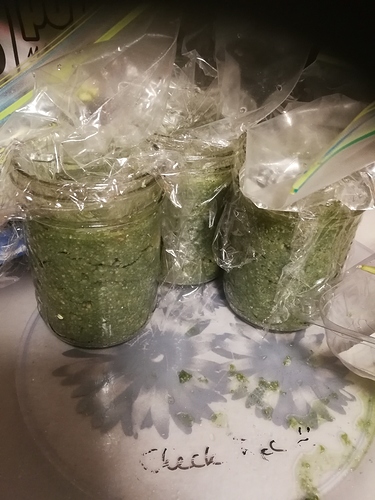I like fermenting cucumber sometimes. Slice it fine and add salt and a splash of live cider vinegar. You can eat it after a few hours and it will keep for days / weeks in the fridge. You can add soy and chilli - or anything else you fancy. It’s great on the side of meat.
I also make yoghurt and sour cream and sauerkraut.
Homemade sour cream is so much tastier thank shop bought - it’s actually tangy. I mix a big dollop of greek yoghurt into double cream, put it in a sealed tub then put it in my sous vide on 44 degrees. It converts in a few hours.
Carrot ribbons ferment quite well too.
A splash of live cider vinegar (with the mother in it) will always set things going.





 (for those who are not familiar with the benefits!)
(for those who are not familiar with the benefits!)